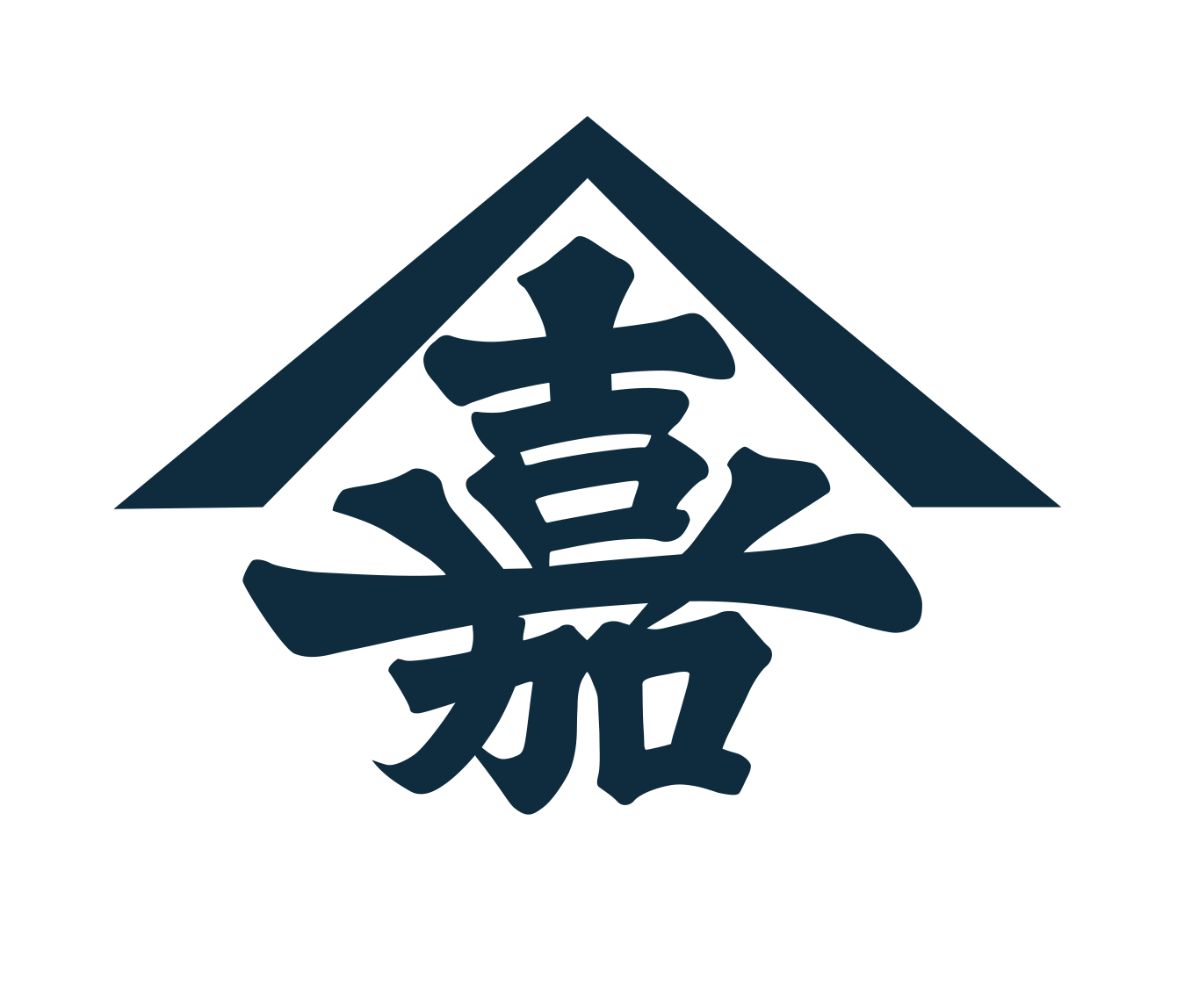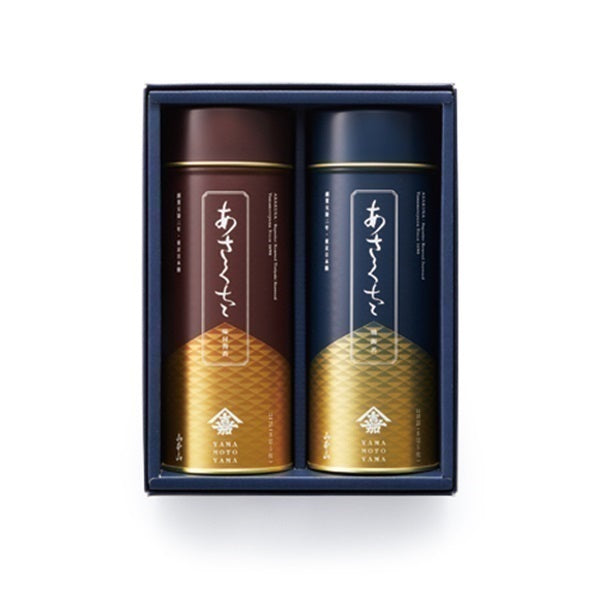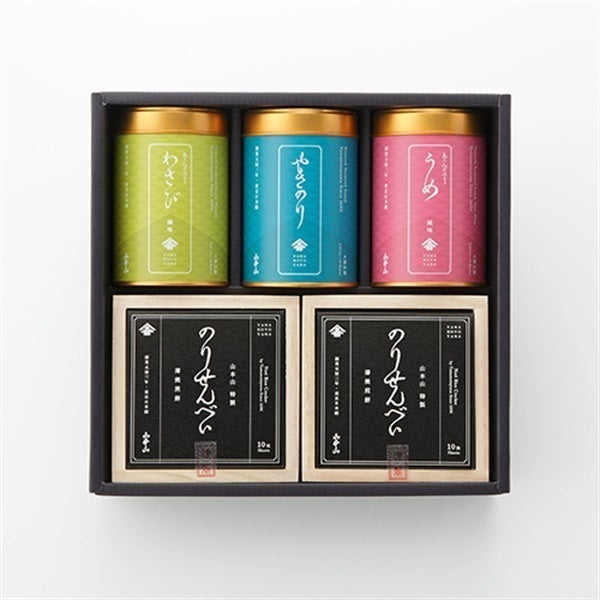1. New shoots During the winter, the roots take a rest and gradually absorb nutrients from the roots and store them in the tea leaves (new shoots). The new shoots that emerge in this way become new tea with a refreshing aroma and plenty of juicy umami ingredients.
2. Steaming The freshly picked leaves are steamed evenly for a short period of time to stop the activity of the oxidizing enzymes, remove the distinctive grassy smell and bring out the distinctive green tea flavor, then they are steamed and dried. The steaming time is 30 to 50 seconds for regular sencha and 60 to 90 seconds for deep steamed sencha.
3. Rough rolling: In order to reduce the moisture inside the tea leaves, they are agitated while being blown with hot air at about 100℃. They are then rolled with moderate friction and pressure. This is the first step to evenly distribute the moisture in the tea leaves and dry them.
4. Rolling This compensates for the lack of kneading in the rough rolling process. The tea leaves are rolled into a lump and pressed without heating, then dried to distribute the moisture evenly.
5. Middle rolling: After rolling, the tea leaves still contain a lot of moisture, so they are rolled again using hot dry air to stir and roll. This dries the tea leaves so that they are easier to shape in the next refining process.
6. Refining the rolling: In this process, the tea leaves are pressed down and rolled back and forth on a rolling plate to make them thin and straight. This process creates the unique shape and aroma of Sencha.
7. Drying The tea leaves that have been shaped by rolling are further dried until they have a moisture content of around 5-6% so they can withstand storage. The tea produced in this way is called crude tea.
8. Rough tea and finishing In tea factories in each tea-producing region, tea that has been processed from raw leaves through the various steps mentioned above and up to the drying stage is called rough tea. As rough tea is irregular in shape and does not look good as a product, stems, powder, willow (large leaves), etc. are sorted out and finished into delicious tea.
9. Sorting This is the process of removing the stem tea from the crude tea using static electricity.
10. Pasteurization Rough tea leaves contain a lot of moisture and cannot be stored for long at room temperature, so in order to make them durable for long-term storage and to improve their commercial value and flavor, they are pasteurized (dried) to reduce the moisture content to about 2-3%.
11. Blending and Packaging The tea from various regions that has been finished through finishing, sorting, and pasteurization is blended using this blending machine to make the flavor uniform. The tea blended by the blending machine is packed into bags to be shipped as a product.














